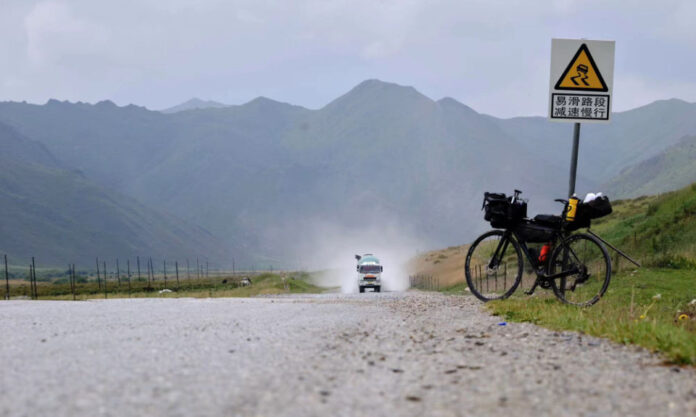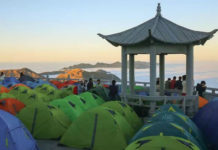How do you best combine fresh air, green pastures, ancient Buddhist grottoes, Tibetan culture, mountain passes and physical activity with photography? On a bike trip through Gansu and Sichuan. And here I was.
Lanzhou, capital of Gansu Province can easily be reached from Nanjing by plane and high speed train. My choice was the overnight sleeper train, one of the famed green ones, requiring just under 20 hours. From there, the mantra was always “Go South”.
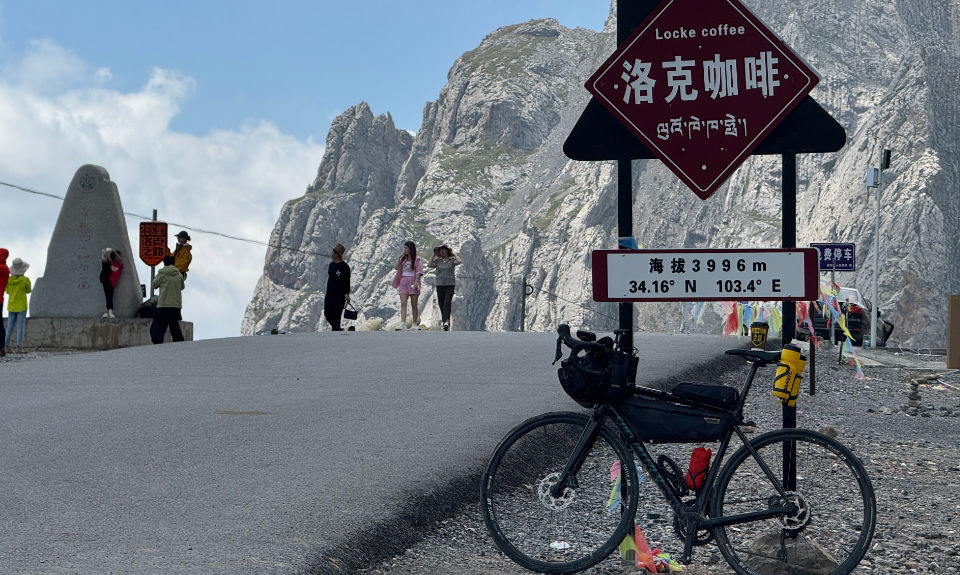
A quick diversion with a motorised vehicle means you can easily reach the Bingling Grottoes (炳灵寺) from Lanzhou, carved into the cliffs of a gorge, just after taking a boat ride on the dammed Yellow River, a pleasure in itself.
On the bike, it is a longer 1-day ride to first arrive in Linxia, a once important stop on the Silk Road and a town with decidedly Muslim Hui character.
And from there, you easily reach Xiahe with its famous and huge Tibetan Labrang Monastery (拉卜楞寺) before continuing at heights of over 3,000 metres above sea level. Next was the town of Langmusi, a real highlight with two big Tibetan monasteries presenting their golden roof tops in splendid mountain scenery, one in Gansu and one in Sichuan, with Langmusi straddling the border.
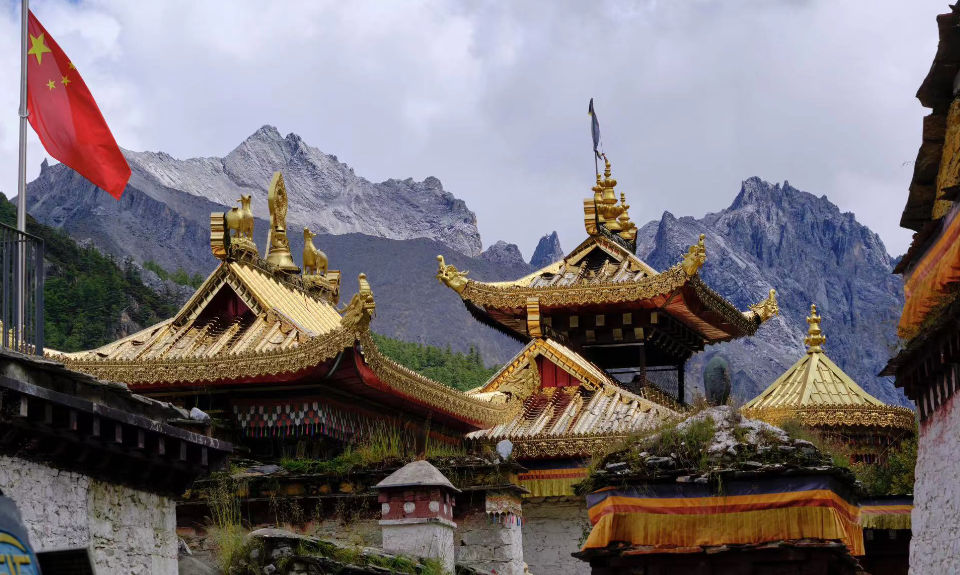
For nature lovers, another place worth its own trip is Zhagana in Gannan Prefecture, where I felt reminded of the Dolomites in the European Alps.
My constant companions throughout on the huge rolling hills only covered by grass were yaks. When on the road, they only reluctantly give way to cars, but you should see what happens when they see an alien on a bicycle!
But forget the First Bend of the Yellow River (黄河九曲第一湾); what a rip off. And foreign travellers should best not forget we are in China and finding accommodation on Ctrip without the dreaded “We only accept guests with China Mainland ID“ is sometimes a challenge. It was a phenomenon which led to a longer 220-kilometre stage down to beautiful Zhuokeji in a deep Sichuan valley.
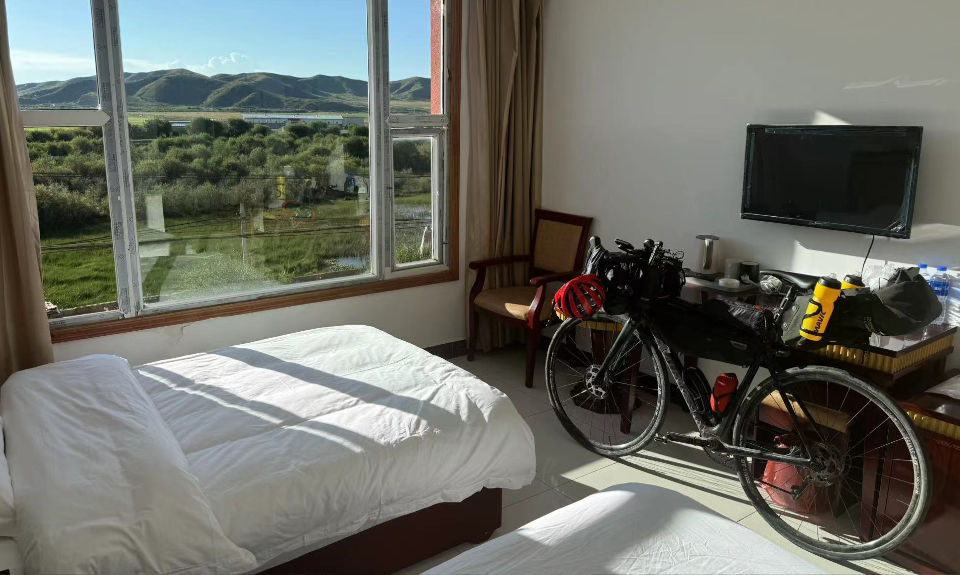
I was then in Aba Kham Tibetan Prefecture where many villages are protected by their 40-metre high Diaolou (碉楼) watch towers, followed by some of the most beautiful deep valleys, with the odd hot spring in between, which made for a welcome boiled-egg lunch, before reaching another Tibetan monastery town in Tagong.
Then onward for a 2-day stretch on the G318, the longest national highway in the whole China. The road crosses several 4,000+ metre-high mountain passes with the highest over 4,400 metres; and a well-lit, nigh-on, 6-kilometre long tunnel. Trucks and buses passing by are less of a pleasure, but nevertheless, the G318 is popular with Chinese cyclists on the Chengdu-Lhasa route; it’s a 21 day standard trip on a lot of bucket lists for pedal-powered Chinese. And it was only here that I encountered a number of cyclists.
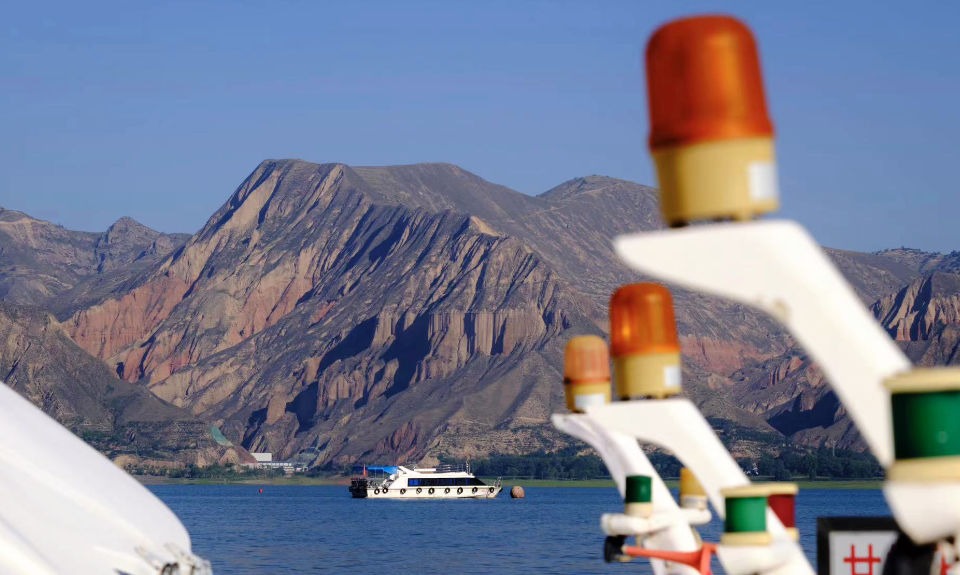
A well deserved rest is to be had in Litang, another Tibetan town worth a visit with monastery, and at an elevation of 4,000 metres. Be sure to pause on the hill overlooking the town for sunset and get up early for sunrise; both will drain the batteries of your cameras.
Again continuing south, a peculiar-looking mountain has been rightfully named Rabbit Mountain (兔儿山), while the next and one of the last days on a longer gravel road over a 4,700-metre high pass brought me to No Name Mountain (无名山); how creative. It was a nice highlight.
The Sichuan Shangri-La Prefecture with the Yading Mountain Park can only be explored by walking. Roads there are reserved for the shuttle buses of the huge scenic area. So, the last adventure of this trip was on foot, hiking. A worthwhile diversion.
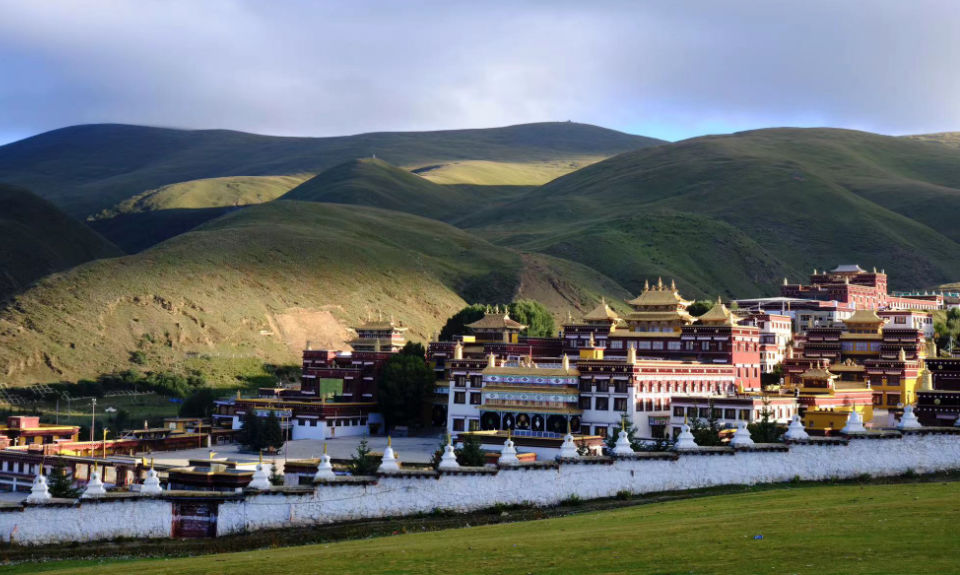
For all the bicycle enthusiasts, the roads there are mostly in good condition, with some segments on gravel to add diversity. This trip was done on a road bike with tubeless road tires; perfectly fine. Pack as little as possible and be sure that your bike offers a 1:1 gear ratio. The overall distance was 2,100 kilometres with 18 days spent riding. Choose the onion principle for keeping warm at high altitudes. I had no problem at all climbing mountain passes of 3,000 and 4,000+ metres, but note that altitude affects different people to varying degrees.
I stayed in small hotels every night and Chinese language skills sure help, however, you can do this without. As a benefit, it will probably add some more to the adventure.


